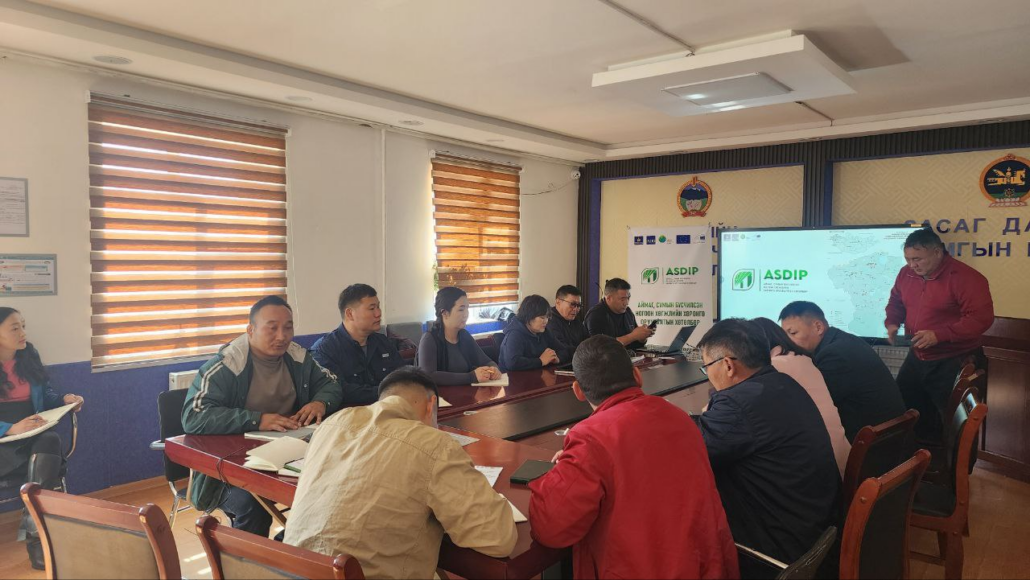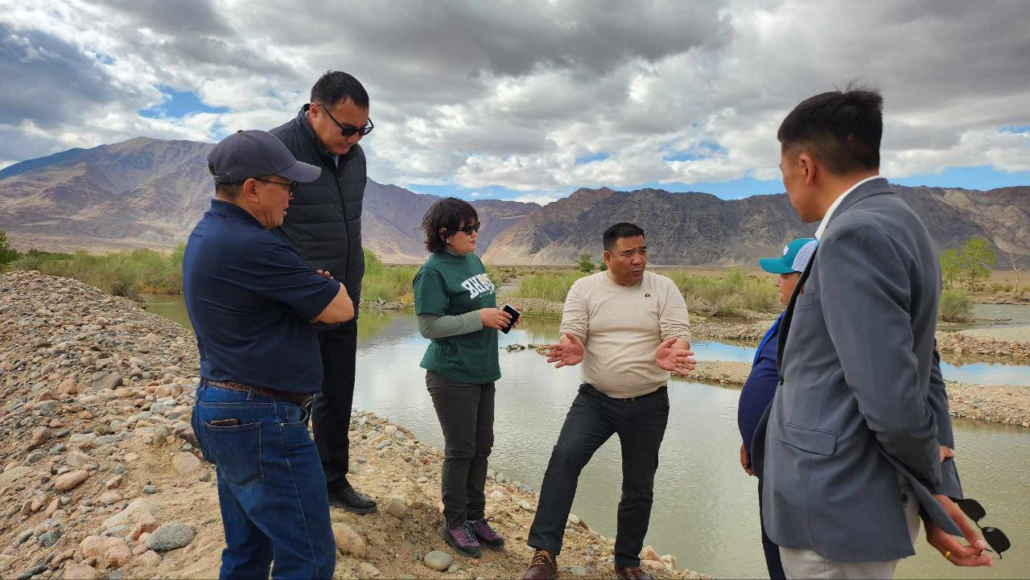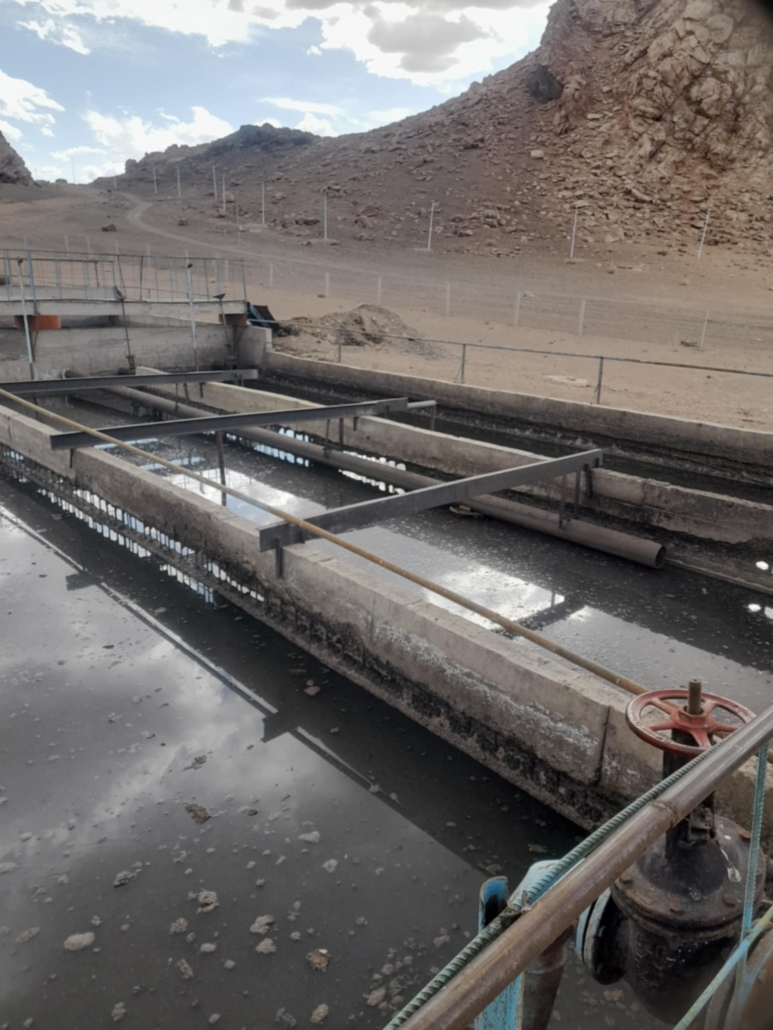Khovd Central Wastewater Treatment Plant in Critical Condition, Field Assessment Completed
As part of the “Aimags and Soums Green Regional Development Investment Program,” a project team conducted a field mission to Khovd aimag to assess implementation readiness and engage with local stakeholders. The mission covered Darvi, Bulgan, Duut, Jargalant, and Erdeneburen soums, where discussions were held with local authorities, experts, citizens, and cooperatives on pasture management, livestock health and breeding, agro-business, irrigation systems, and other planned project components.
The mission was led by Mr. B. Vanchindorj, Deputy Coordinator for the Livestock and Rangeland Management Component. The team included agronomist N.Oyunsuvd, livestock and agro-business specialist M.Galbadrakh, pasture management expert P.Naranbaatar, community organization and certification specialist A.Altanzul, urban development specialist Yo.Lkhagvadorj, resettlement specialist Ch.Belegsaikhan, and local PIU officers S.Gansukh (finance & procurement) and T. Batbuyan (engineering).



A major concern identified was the deteriorating condition of the central wastewater treatment plant in Jargalant soum, which serves Khovd city with over 40,000 residents. The “Shim-Us” public utility company annually supplies 1.82 million cubic meters of water and collects 1.67 million cubic meters of wastewater, serving over 5,800 households in ger areas and 5,200 apartment households. The existing facility, originally built in 1986 with a capacity of 2,800 m³/day for mechanical treatment, was expanded in 2001 with ADB financing to include 1,400 m³/day of biological treatment. A further expansion in 2016 with state funds brought total capacity to 7,000 m³/day.
However, the facility currently treats only about 4,800 m³/day, and the treated effluent meets only 52% of the MNS 6561:2015 national standard, posing significant environmental risks. Due to outdated technology, damaged concrete structures, and aging equipment, the plant no longer operates at full capacity and has serious leakages and soil contamination issues.
In Erdeneburen soum, the team found the irrigation headworks severely damaged due to long-standing neglect and lack of maintenance. In Bulgan soum, the headworks and canals that were constructed to divert Bayangol stream from the Bulgan River for irrigated agriculture are in urgent need of repair and rehabilitation.
Duut soum was noted for its high-altitude mountainous terrain, home to the Altai Range’s prominent peaks such as Burgedtei Khairkhan and Ulaan Davaa, reaching elevations of 3,500 meters above sea level. Fast-flowing mountain rivers like Bituut, Tsenkher, and Balint run through deep gorges in the soum. Local authorities emphasized the need for small reservoirs and ponds to manage water resources in these areas and formally submitted a request to the project for support and collaboration.
Through the mission, the project team gathered critical baseline data, reviewed local implementation capacity, and jointly developed actionable recommendations to ensure timely and effective project execution across Khovd aimag.



